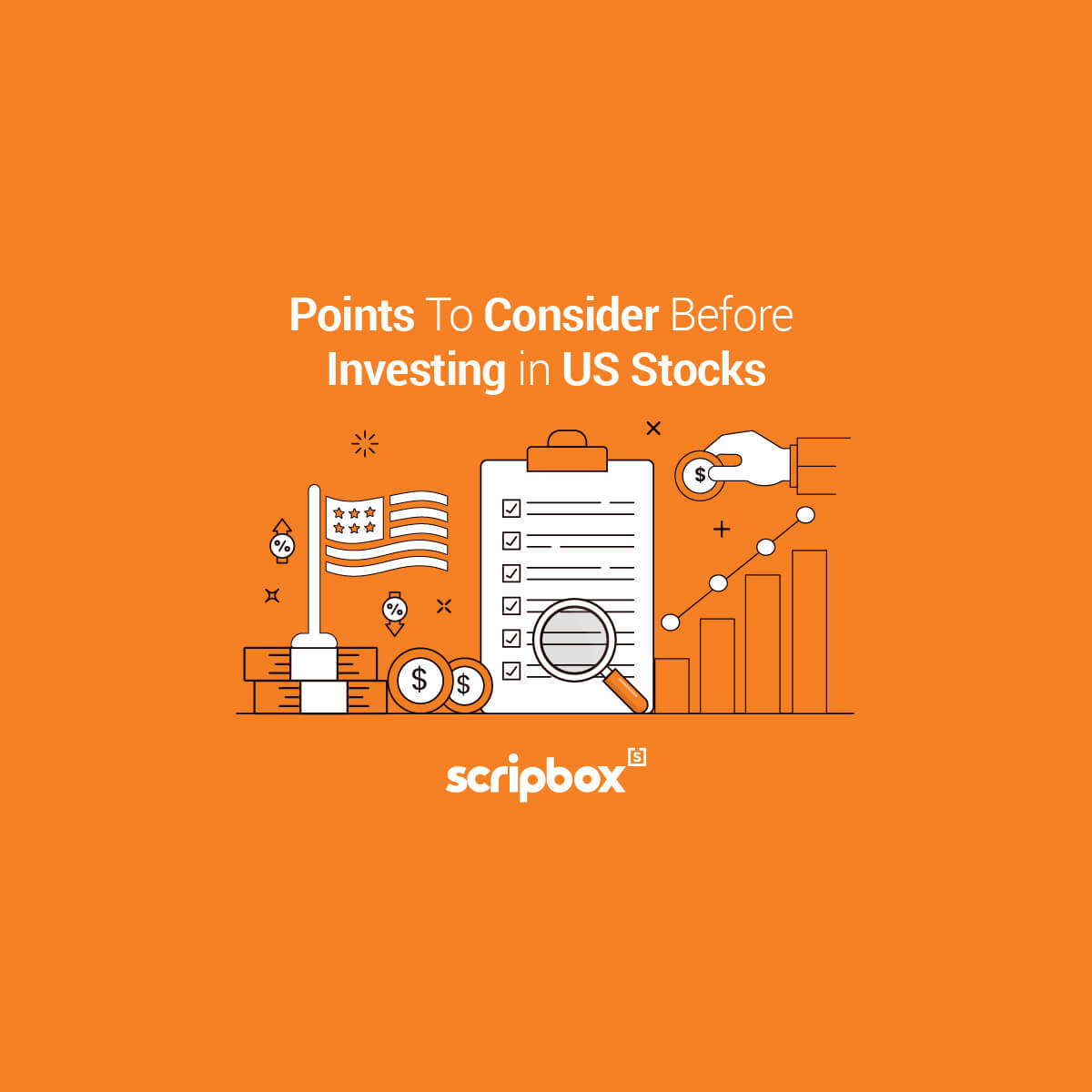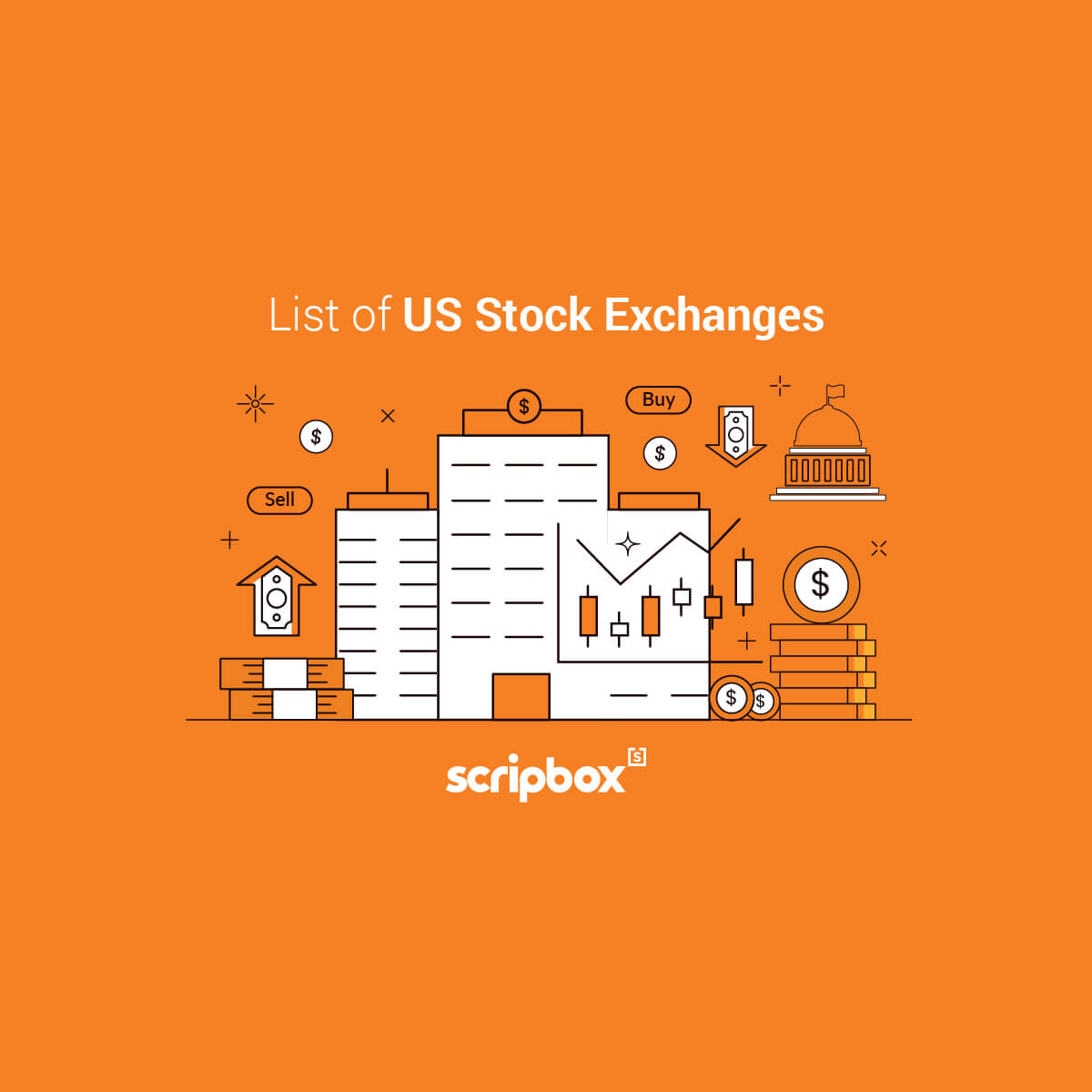
Best US Tech Company Stocks to Buy Now 2024
What are US Tech Stocks? The tech industry comprises businesses that build software and sell software, electronics, computers, and artificial intelligence (AI) services. It also includes companies dealing in other fields related to information technology (IT). The technology sector has...

Best US Pharma Company Stocks
What are US Pharma Stocks? The US Pharmaceutical company stocks comprises companies that are into research, development, manufacturing and selling drugs and disease treatments. The sector has gained attention since the onset of the pandemic. The pharmaceutical companies were looking...

Best US Banks and Financial Service Stocks
What are US Financial Stocks? When speaking of the financial sector, most individuals think of it as banks. Even though banks form the biggest part of the financial sector, the sector also includes many other types of businesses. The US...

Best US Stocks to Buy Today
What are US Stocks? The US stock market is one of the world’s oldest and largest stock markets. It has more than 6,000 domestic and international companies listed on its stock exchanges. The US stock market hosts some of the...

US Stock Market Opening and Closing Timings
US Stock Market Timings A stock market is a barometer of the economic health of the country. The world is a global economy, and trade takes place at a global level. Investors and traders look for opportunities to trade all...
Practical Insights For Wealth Creation
Our weekly finance newsletter with insights you can use
Your privacy is important to us

US Stock Market Terms for Beginners
A US Stocks market or a financial market is a place where individuals participate to invest, trade and earn profits. However, it is not a physical place and complex terms like bull market, bear market, market capitalisation, volatility, and margin...

Points to Consider Before Investing in US Stocks
Investing is no longer confined to the borders of a country. One can now invest across borders with international trading accounts. One of the first choices while diversifying one's portfolio geographically is the US Stock Market. It is one of...

List of Major US Stock Exchanges
A stock exchange is a marketplace where investors buy and sell securities, commodities, derivatives and other financial instruments. Earlier, brokers and traders used to physically meet at the stock exchange to trade stocks. Today most financial trading happens electronically and...








